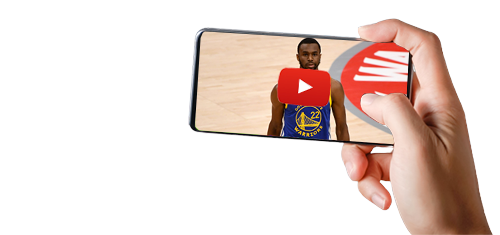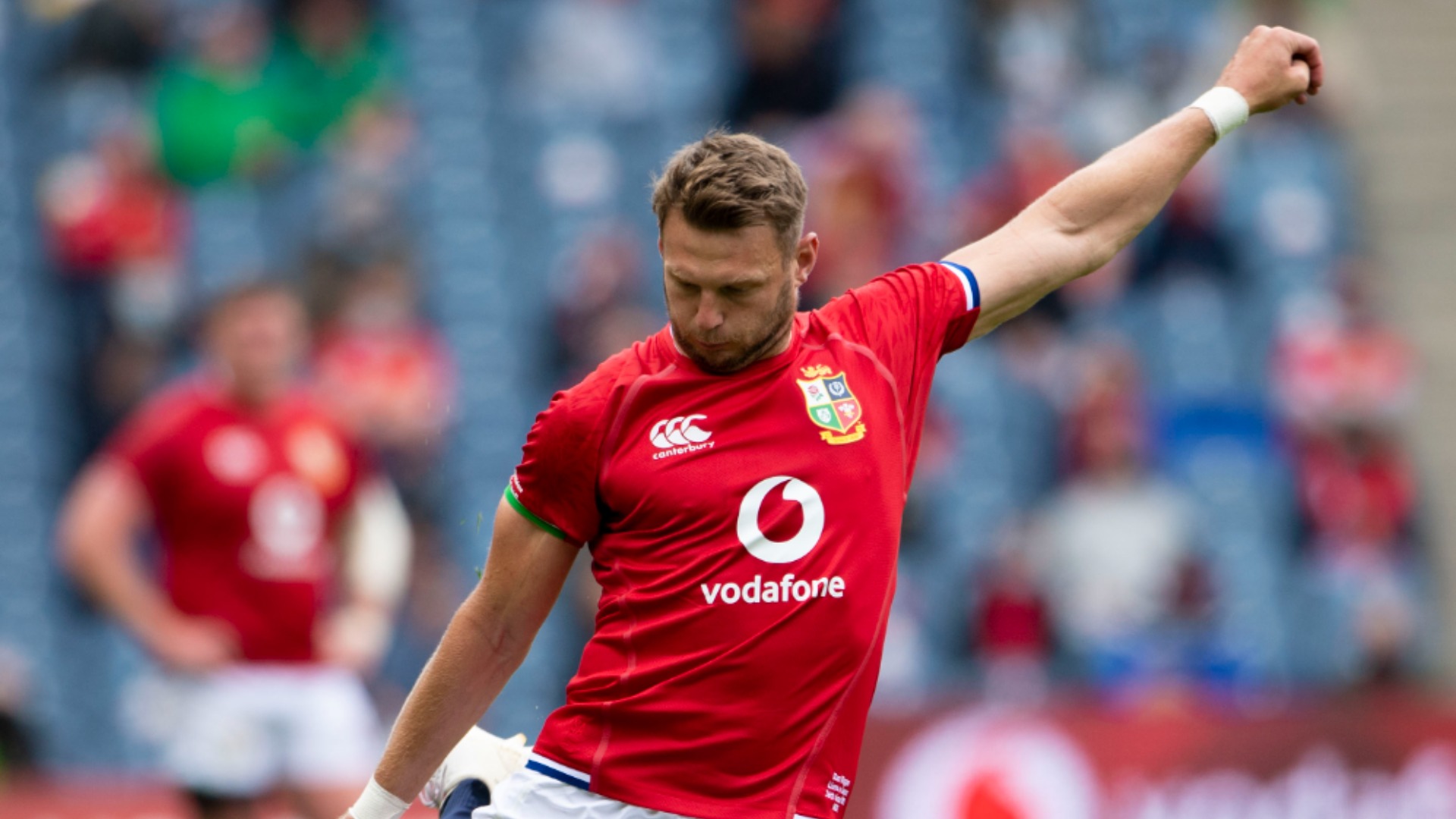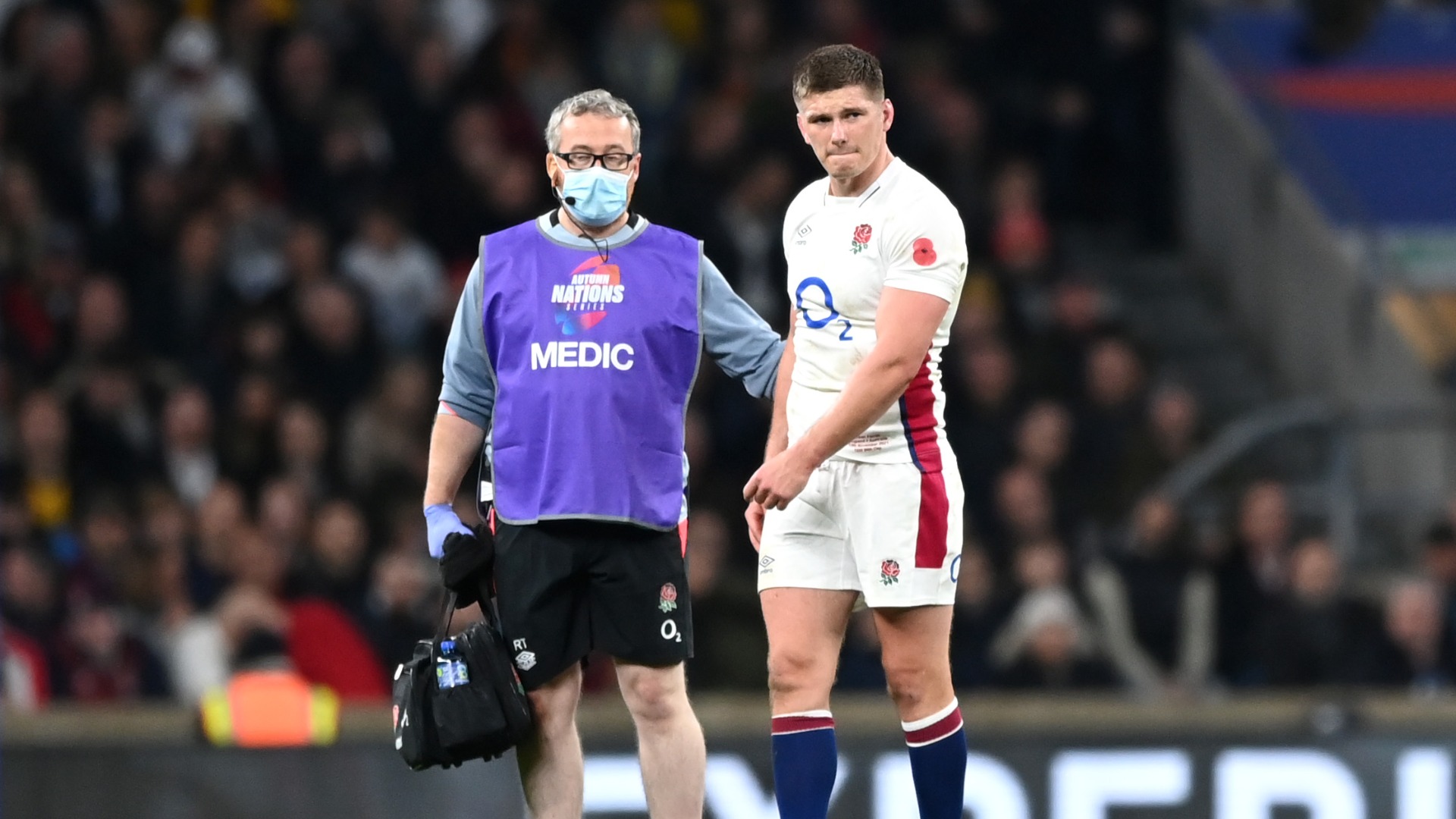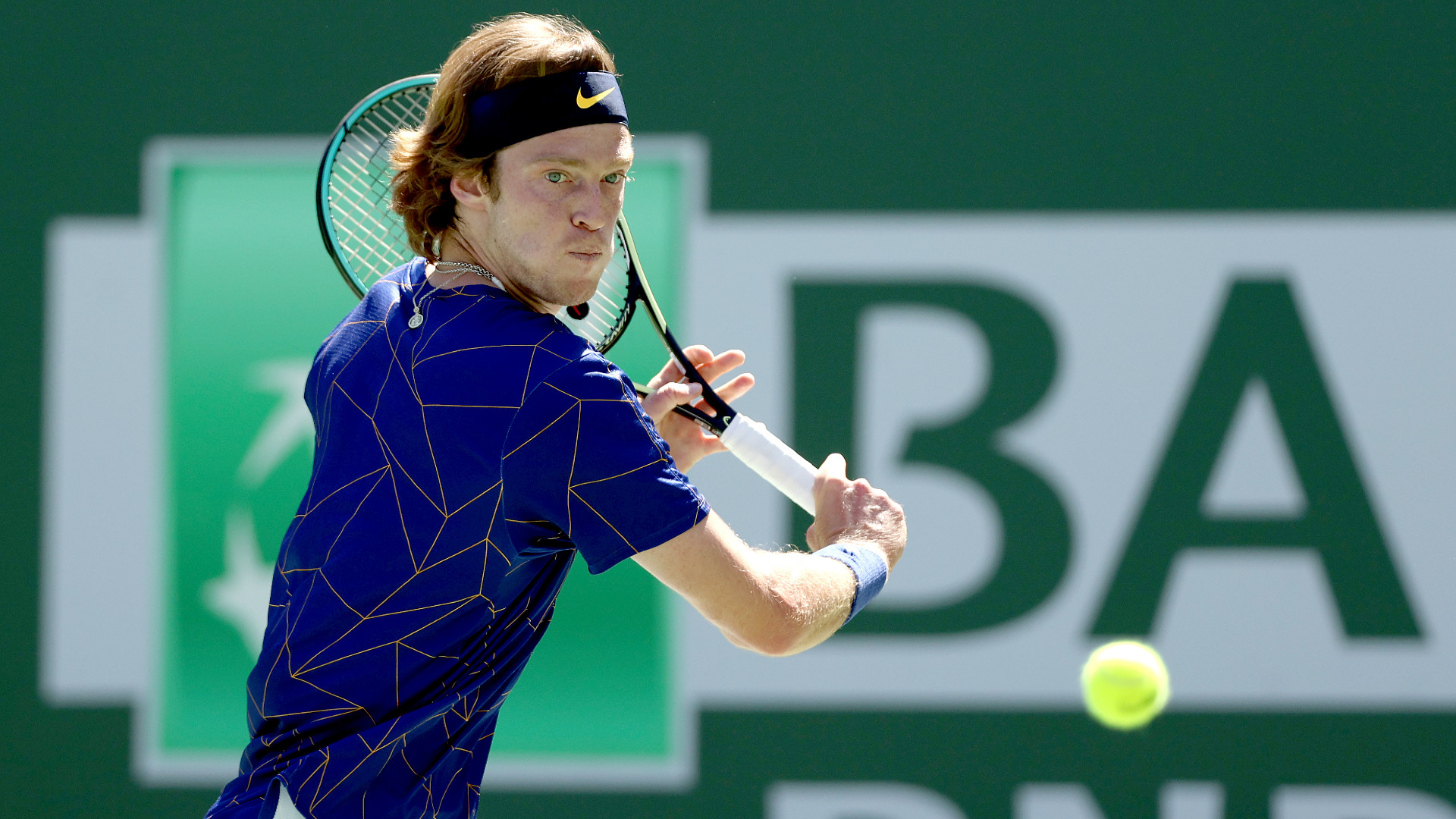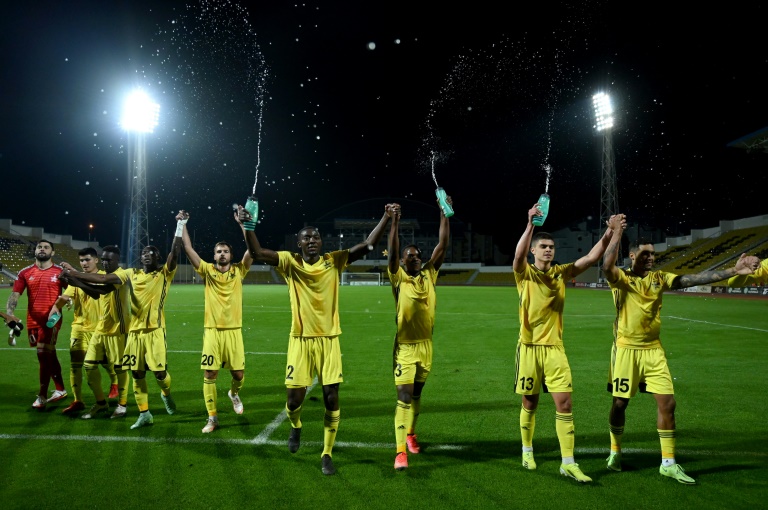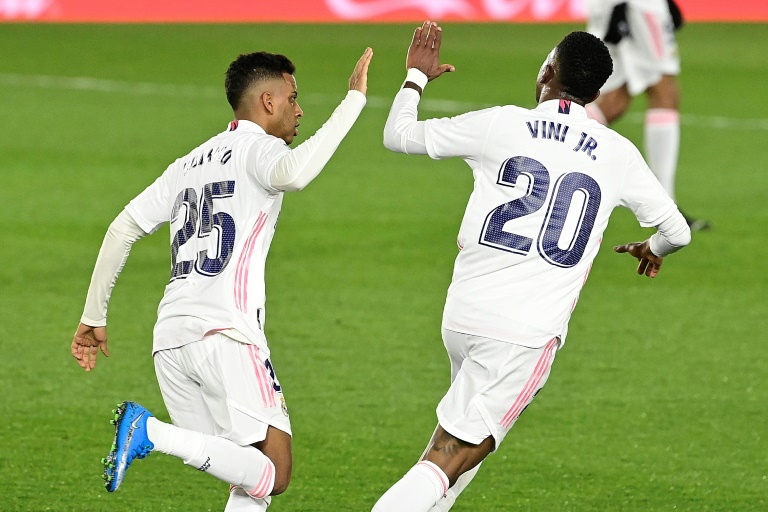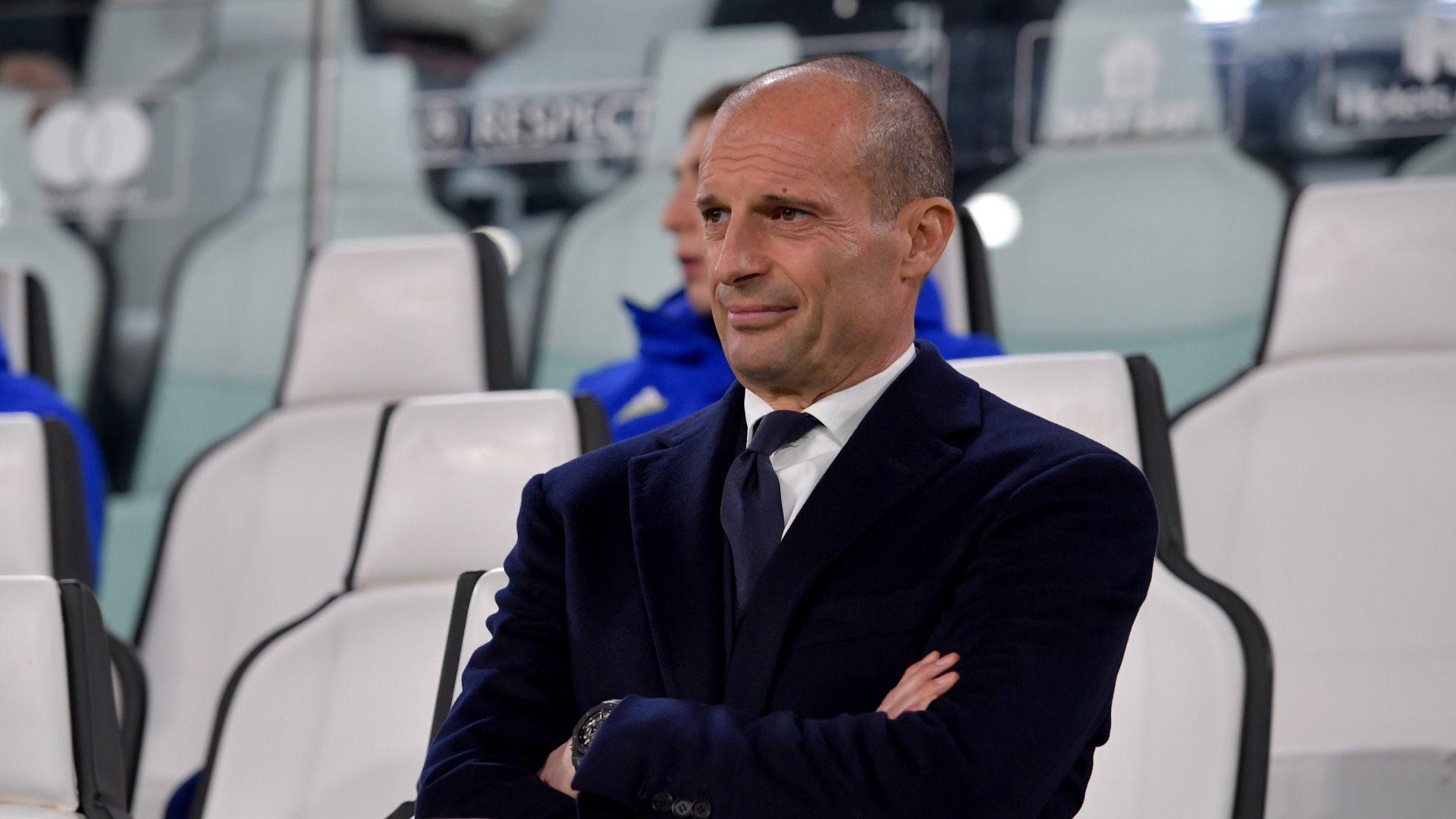
Following Wednesday’s Coppa Italia final defeat to Inter, it was confirmed Juventus will finish the 2021-22 season without a trophy for the first time since 2011.
Last season under Andrea Pirlo, Juventus not winning Serie A was in itself shocking, but this season has only shown further regression.
Massimiliano Allegri returning to replace Pirlo after his single season in charge was viewed as a means to halt that slide, but Juve will not just likely finish 10 points off the Serie A title winners and without a trophy this term; the Bianconeri are set to finish with a double-digit deficit in a season where the champions will likely will not break the 85-point barrier.
How much the Turin club spend relative to the rest in Italian football must be brought into context. Granted, the financial impact of COVID-19 caused significant restructuring, but they are still the only club in Italy to have a gross annual payroll in excess of €150million and are joined by Inter as one of only two over €100m. Meanwhile, seven Juventus players make up the top 10 salaries in Serie A this season.
Given that comparatively gaudy expenditure, that represents a spectacular failure – especially in comparison to the likes of the notoriously thrifty Atalanta or this Milan project that has sought to maximise value on the pitch and cut unnecessary spending. The major issue with Juve over the past four seasons has been a dramatically diminishing return on investment, but how has it manifested on the pitch?
Juventus had this inevitable capacity to find a way to win games in Allegri’s first stint, but they were still volatile. It would be misguided to look at this season in isolation when in a continuum. Cristiano Ronaldo’s arrival for the 2018-19 season – which was viewed as the key signing to propel them to long-awaited Champions League glory – arguably accelerated the regression.
Real Madrid’s midfield and Karim Benzema allowed Ronaldo to have a largely singular role as the end point to the team’s actions in possession. At Juventus, a player who was largely a finisher and was not going to force defensive collapses between the lines by that point had to take on greater responsibility in the team’s build-up. Despite the Portuguese star’s stature in the game, he was effectively signed for a task on the pitch he was not capable of fulfilling.
Consider that in his last season at Madrid, Ronaldo was averaging 46.87 touches per 90, and 10.02 were in the opposition’s penalty area. The next two seasons at Juventus saw a dramatic shift, where for touches per 90 he averages 54.5 and 56.26 respectively. Touches in the penalty area actually decreased, however, at 6.64 and 6.92 respectively per 90.
With Paulo Dybala as the team’s attacking focal point, Miralem Pjanic had previously mitigated the deeply conservative nature of Juve’s midfield, but with Ronaldo it became a bridge too far. Ronaldo might have sustained his goal involvements, but it came at the expense of the collective. The Bianconeri came no closer to winning the continental silverware he was brought to Turin to secure but, more importantly, declined domestically and were suddenly challenged for what had become a fait accompli that decade in Serie A.
Pjanic’s departure at the end of 2019-20 further accelerates that regression, despite the arrivals of Arthur, Alvaro Morata, Federico Chiesa and Weston McKennie that off-season, as well as Adrien Rabiot, Mathijs de Ligt and Dejan Kulusevski the previous off-season.
Arguably, the additions of Rabiot, McKennie and Arthur have only further reinforced the rigidity of Juve’s midfield over the years. Pjanic’s final season saw him average 1.21 chances from open play per 90, along with 10.34 passes into the final third and 0.13 for expected assists at 92.66 touches. Not one Juventus midfielder since has been able to match all of those averages individually, and trying to replace them in an aggregate creates different requirements elsewhere.
Amid Dybala’s increasingly marginalised status upon Ronaldo’s arrival, it necessitated someone like Morata, whose fantastic movement and ability to incorporate the players around him is paired with erratic finishing in front of goal. It represents a sizeable trade-off. Still, Morata leads the Bianconeri for chances created (1.63) in open play per 90 in all competitions this season.
That provides some context for this season and Dusan Vlahovic’s arrival, because he is almost the opposite to Morata – cold-blooded in front of goal, but much less flexible in build-up play and movement off the ball. Yet, while he creates fewer chances in open play (0.81) than Morata, the quality of his shots (0.13 xG per shot) is still lower than Morata’s average of 0.16.
It all matters because, with the exception of Inter and Lazio, the Bianconeri still keep more of the ball than anyone else in Serie A. They both can and cannot afford for their midfield to be so palpably one-dimensional. While Juventus rank 19th across the top five leagues in Europe for touches per 90 (678.46) in all competitions, they rank 32nd for big chances created per 90 (1.56), and 50th for passes into the final third (53.02), calling into question the nature of their possession and how they actually generate their chances.
With that all in context, it can be difficult to definitively assess someone like Fabio Miretti or where he best suits in a system of play, because it is akin to developing an emotional attachment to a captor.
Yet Dybala’s forthcoming departure from Turin at the end of this season is symbolic, let alone if he ends up somewhere else in Serie A.
His career trajectory over the past four years, coinciding with Juve’s regression and eventual embarrassment of this season, represents how badly the club have managed squad composition and, to reference Jose Mourinho’s famous quote, their Champions League dream that became an obsession. As such, they have lacked anything resembling a plan or clarity, and have been blindly led by ambition to this empty-handed season.



